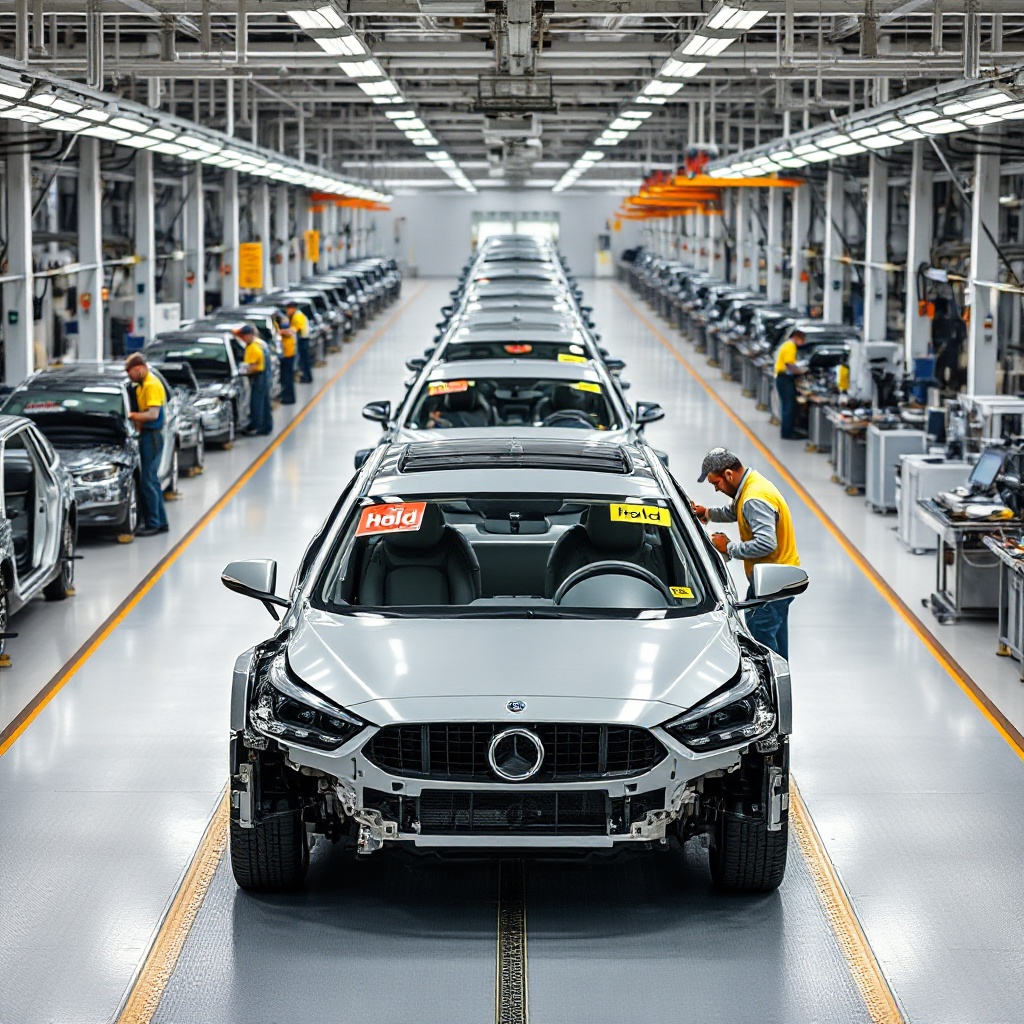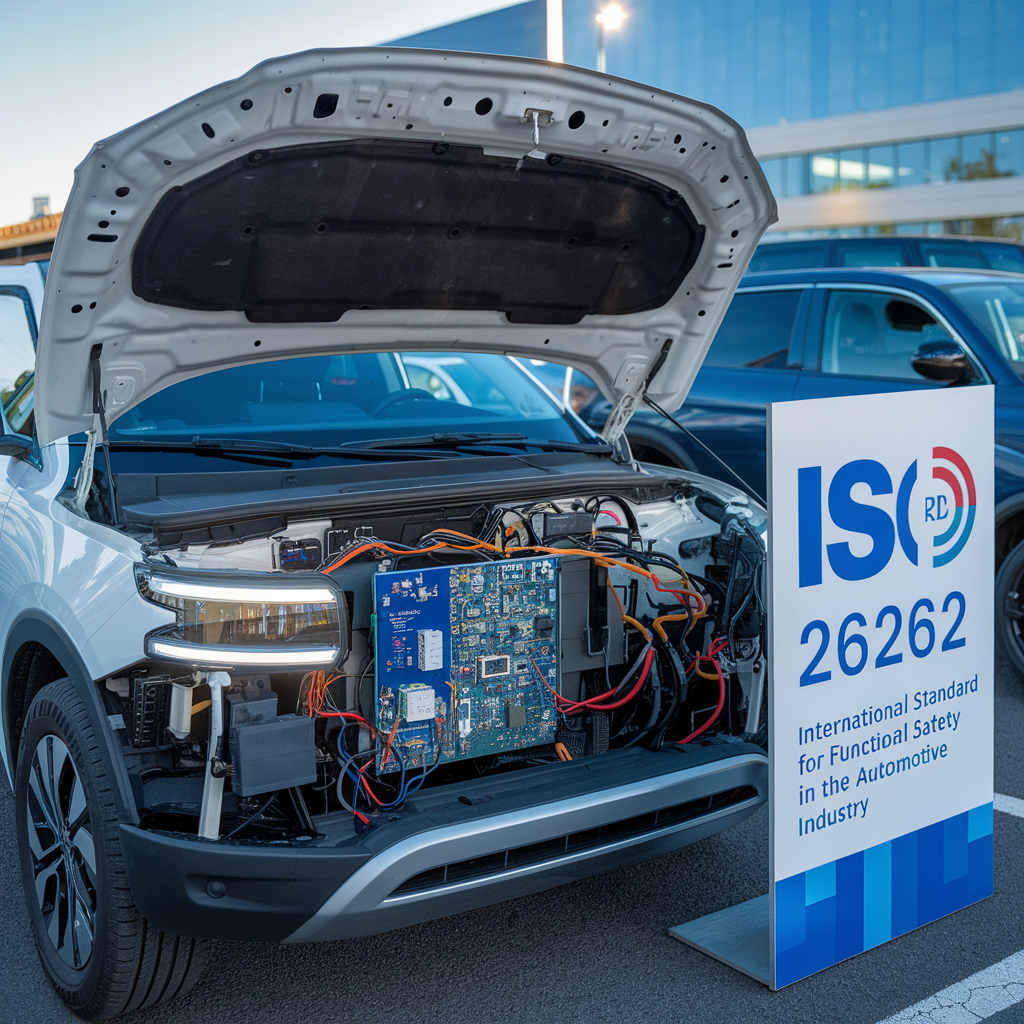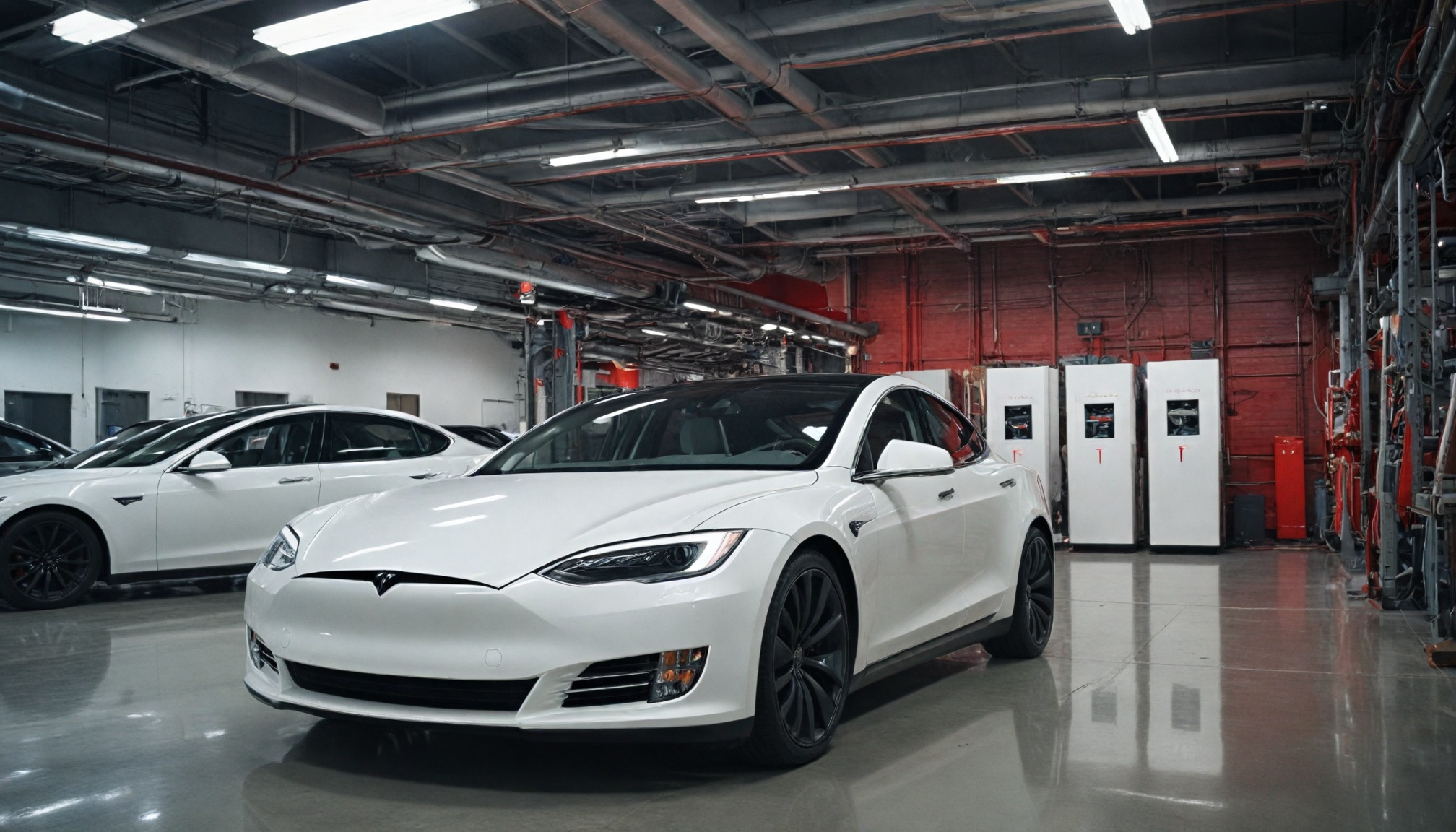
Automakers face persistent shortage of mature-node chips despite semiconductor industry growth, as manufacturers prioritize advanced chips for AI while vehicles depend on older tech.

Drivetech Partners
The persistent semiconductor chip shortage affecting the automotive industry shows little sign of abating in mid-2025, as manufacturers continue to battle for access to mature-node chips (28nm/40nm) needed for crucial vehicle systems like safety cameras and infotainment centers. Despite the wider semiconductor industry experiencing strong growth, automakers face unique challenges as chip producers prioritize advanced nodes for AI and data centers, leaving the automotive sector scrambling to secure the specific older-technology chips their vehicles depend on.
Key Takeaways
Mature-node chips remain in critical shortage despite overall semiconductor industry growth of 19% in 2024
Automakers are increasingly designing their own chips to gain control over semiconductor supply chains
Consumers face extended wait times of 15-18 months for certain vehicle models with reduced features
Average new vehicle prices are predicted to exceed $50,000 in major markets like the US and Germany
The "OEM-Foundry-Direct" model is gaining traction as automakers bypass traditional suppliers to secure chip supply
The Ongoing Semiconductor Drought Impacting Vehicles
The automotive industry faces a persistent shortage of mature-node chips (28nm/40nm) in mid-2025, creating significant production challenges across the sector. Despite the broader semiconductor industry experiencing substantial growth—19% in 2024 with sales reaching US$627 billion—automakers can't get enough of the specific chips they need.

S&P Global Mobility has specifically identified concerns about semiconductor shortages in the second half of 2025, particularly for mature nodes of 40 nanometers and above. These chips aren't the cutting-edge processors powering AI systems, but they're essential components for vehicle safety cameras, infotainment systems, and numerous other features modern drivers expect.
The disconnect between supply and demand stems from market dynamics. ING forecasts 9.5% growth in the global semiconductor market for 2025, but this growth is driven primarily by data center services and AI applications rather than addressing automotive needs. Chip manufacturers have focused their investments on advanced nodes (5nm, 3nm and smaller) while underinvesting in mature process nodes critical for automotive applications.
Financial Devastation and Production Disruptions
The ongoing chip shortage continues to inflict severe financial damage on major automakers. Ford previously lost over $1.3 billion during shortage peaks, while Toyota was forced to slash worldwide vehicle production by 40% during severe shortage periods. Global auto production previously dropped by 26% at the height of the crisis.

The scale of the disruption has been staggering, with approximately 7.7 million fewer vehicles produced during critical shortage periods, representing around $210 million USD in lost value. Even in 2025, General Motors continues to face production challenges coinciding with chip supplier Qualcomm missing delivery expectations.
Just-in-time manufacturing practices, once hailed as a model of efficiency, left automakers without sufficient chip reserves when the crisis hit. This vulnerability was compounded by panic buying in earlier phases of the shortage, which created high inventory levels and led to inventory corrections in 2023-2024. Industry experts had anticipated normalized demand to return in 2025, but the ongoing challenges with mature-node chips have prevented a complete recovery.
Root Causes of the Persistent Shortage
Several factors have contributed to the prolonged chip crisis affecting automakers. Chief among these is the semiconductor industry's focus on advanced nodes (5nm, 3nm and smaller) at the expense of mature process nodes (40nm and above) that remain crucial for automotive applications due to their reliability in harsh operating conditions.
Geopolitical vulnerabilities have added another layer of complexity. Ukraine supplies 25-35% of the world's purified neon gas used for chip manufacturing, while Russia provides 25-30% of palladium, a critical rare metal for semiconductors. These supply constraints create bottlenecks that particularly impact mature-node chip production.
The automotive industry's traditional just-in-time manufacturing approach also proved to be a liability when the chip shortage began. Without substantial reserves, automakers couldn't weather even brief disruptions in the supply chain. The subsequent panic buying created its own problems, with high inventory levels leading to inventory corrections that further complicated the supply-demand balance.
Difficult Production Decisions Reshaping Vehicle Manufacturing
The persistent shortage has forced automakers to make tough strategic choices about their production priorities. Many manufacturers now focus on high-margin, premium vehicles to protect profits during chip scarcity. This shift has reshaped the market, pushing average sale prices higher while limiting options for budget-conscious consumers.
Feature removal has become a common practice, with heated seats, advanced infotainment systems, and other once-standard features being sacrificed to conserve chips for essential systems. Production delays have resulted in depleted dealer inventories worldwide, further constraining consumer choice.
By 2025, 50% of the top 10 automotive OEMs are designing their own chips to gain control over semiconductor supply, according to Gartner. This represents a fundamental shift in how automakers approach their supply chains, moving from dependency on external suppliers to developing in-house capabilities. S&P Global Mobility forecasts automotive semiconductor industry revenues to exceed $130 billion by 2029, highlighting the growing strategic importance of these components.
Consumer Impact and Market Transformation
For car buyers, the chip shortage has created a frustrating purchasing environment. The average sale price of new vehicles is predicted to exceed $50,000 in the US and Germany, putting new cars out of reach for many consumers. Those willing to pay premium prices still face extended wait times of 15-18 months for certain vehicle models.
Dealership lots offer limited vehicle selection, with many cars missing features that were previously standard. This reality has transformed consumer behavior, with many choosing to keep their existing vehicles longer rather than enter a challenging market. As a result, the market for vehicle repairs and upgrades is growing as consumers invest in maintaining older vehicles rather than replacing them.
The rising prices are expected to shrink overall new vehicle sales while increasing demand for parts and upgrades for existing vehicles. This shift creates both challenges and opportunities across the automotive ecosystem, from manufacturers to aftermarket parts suppliers and service centers.
Innovative Solutions and Industry Adaptation
Faced with ongoing challenges, automakers are implementing creative solutions to maximize their limited chip supply. Many are redesigning vehicle electronics to use fewer or different semiconductors, essentially doing more with less. Software optimization has become crucial, with companies rewriting code to reduce chip requirements while maintaining functionality.
Manufacturers are increasingly establishing direct relationships with semiconductor manufacturers, bypassing traditional Tier 3/4 supplier relationships. This "OEM-Foundry-Direct" model is becoming more prevalent as automakers transform into tech companies with deeper semiconductor expertise.
Some companies are qualifying older devices for use with larger wafer sizes to expand manufacturing options. This approach leverages existing designs while improving production efficiency. The development of in-house semiconductor design capabilities is another growing trend, reducing dependency on external suppliers while allowing for more customized solutions.
Strategic Supply Chain Transformations

The chip shortage has catalyzed fundamental changes in automotive supply chain management. Many manufacturers are implementing more sophisticated demand forecasting and inventory management systems to better anticipate needs and prevent future shortages. The industry is moving away from pure just-in-time models toward more resilient approaches that balance efficiency with security of supply.
Stronger bonds are forming between OEMs, Tier 1 suppliers, and semiconductor manufacturers to prevent future shortages. These relationships include longer-term contracts, shared investment in production capacity, and collaborative planning processes that improve visibility across the supply chain.
Digitalization of supply chains is accelerating, with improved tracking and analytics capabilities allowing companies to respond more quickly to disruptions. Electrification trends continue to influence automotive semiconductor market dynamics, with increased chip requirements for electric vehicles adding further complexity to supply challenges.
Industry professionals anticipate inventory rebalancing and normalization in early 2025, though challenges will persist for specific chip types and applications. The automotive industry that emerges from this crisis will likely be more resilient, more vertically integrated, and more technologically sophisticated than before.
Sources: deloitte.com - Technology Media Telecom Outlooks Semiconductor Industry Outlookspglobal.com - Briefcase Another Semiconductor Shortage May Be Comingthink.ing.com - Expect Robust Semiconductor Demand in 2025 But Not in All Segmentsmckinsey.com - Semiconductor Shortage How the Automotive Industry Can Succeedgartner.com - Gartner Predicts Chip Shortages Will Drive Fifty Percent of the Top 10 Automotive OEMs to Design Their Own Chips by 2025





